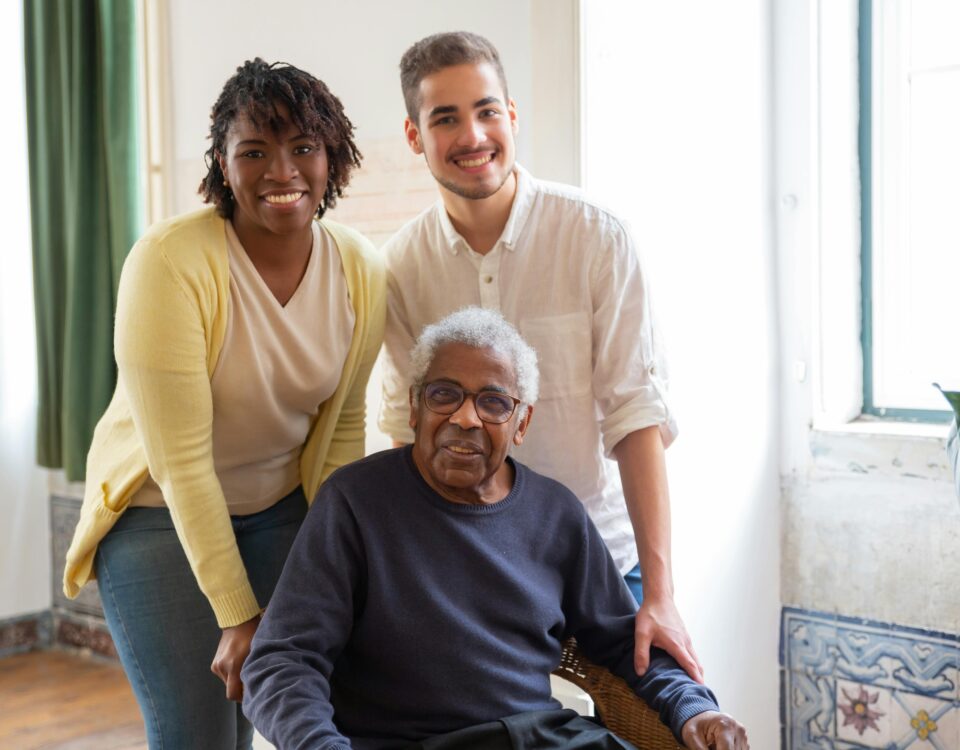You can’t always be there. But we can.
Elder Abuse: Signs, Types, and What to Do About It

Online Safety For Seniors: Education and Traps To Avoid
September 24, 2021
January is Celebration of Life Month: Here’s What That Means
January 14, 2022Elder Abuse: Signs, Types, and What to Do About It
Did you know that one in ten seniors suffers from a form of elder abuse every year in the United States? It’s an even more shocking statistic when you realize that accounts for roughly 22% of Americans. Elder abuse, which is defined as the intentional harmful act or neglect of a senior, is a disturbingly common problem. While it is impossible to understand what leads one person to abuse another, understanding the different types of elder abuse and learning to spot potential signs of elder abuse can help you keep your aging loved ones safe.
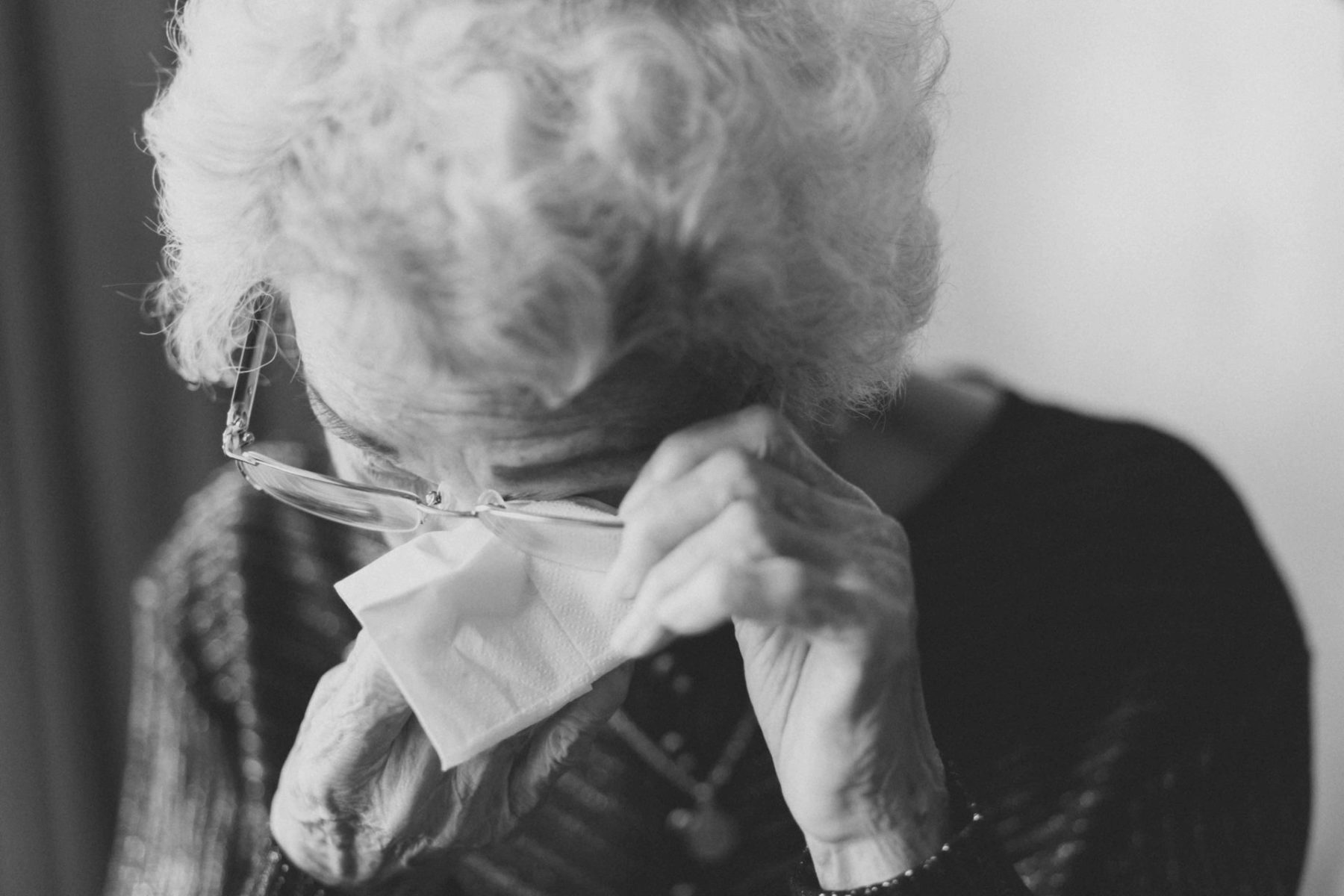
Who Commits Elder Abuse?
According to the National Institute of Aging (NIA), elder abuse occurs in nursing homes, assisted living facilities, the victim’s home, a relative’s home, or anywhere the senior visits or resides. Elder abuse is commonly committed by individuals that seniors know like family members, friends, caregivers, and health providers or complete strangers.
Signs of Elder Abuse
It is a sad reality that elder abuse often goes unreported. This could be for several reasons — victims may feel shame, have fear of retaliation, or simply lack the mental or physical ability to report their abuser. There are different types of elder abuse so the signs can be difficult to identify if you aren’t sure what to look for.
Some common indications that elder abuse may be taking place are:
- Physical injuries such as bruising, cuts, or broken bones
- Weight loss or malnourishment
- Poor hygiene
- Symptoms of depression, anxiety, or confusion
- Unexplained transactions or financial losses
- Sudden withdrawal from loved ones
- Generally negative behavioral changes
- Claims of abuse or neglect by the victim
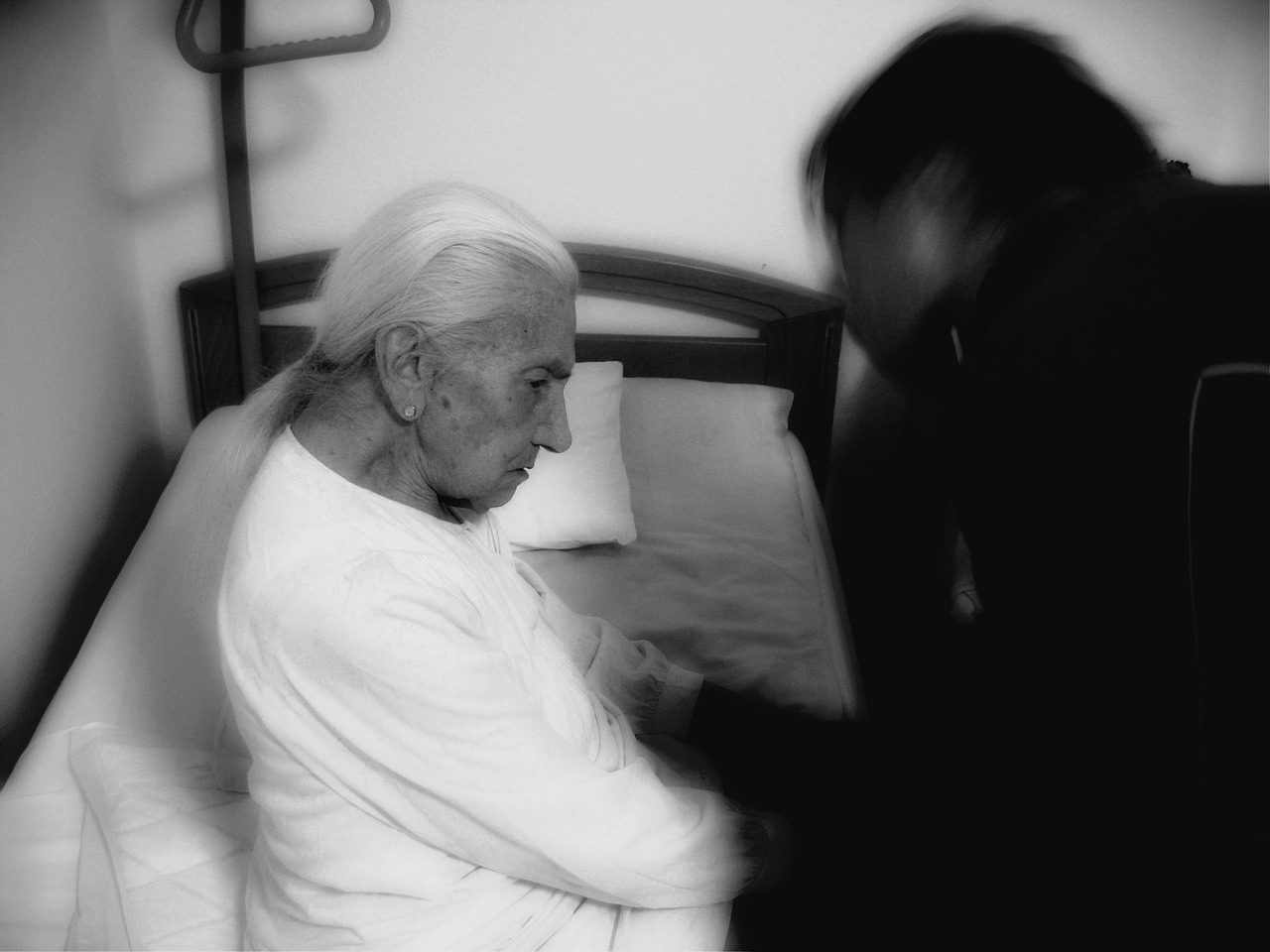
Types of Elder Abuse
The National Center on Elder Abuse (NCEA) recognizes seven main types of elder abuse — each with its own distinct, potential signs of elder abuse. They are:
1. Physical Abuse
The NCEA defines physical abuse as “the use of physical force that results in acute or chronic illness, bodily injury, physical pain, or death”. This includes violent acts such as hitting, burning, shaking, and so forth. Other acts of physical abuse can include forceful restraint or isolation, starvation or force-feeding, and inappropriate administration of drugs and medication.
Some common signs of physical elder abuse include: visible bruising, burning, and other marks, physical injuries like broken bones or sprains, hair or tooth loss, signs of having been restrained (like rope marks), strained relationship between caregiver and victim, and direct claims of abuse from the victim.
2. Sexual Abuse
Sexual abuse is one of the most underreported types of elder abuse in nursing homes and assisted living facilities. It includes any forced or nonconsensual sexual action towards an elderly adult. This can include rape, sexual assault, inappropriate touching, forced nudity, even photography or videography. Seniors with mental impairment are unable to give sexual consent and their physical decline often makes it difficult for them to fight off abusers.
Common signs of sexual elder abuse include pelvic injuries or visible bruising around the private parts, unexplained sexually transmitted diseases, bleeding from the genitals or anus, sudden social or emotional withdrawal, or exhibiting unusual sexual behavior.
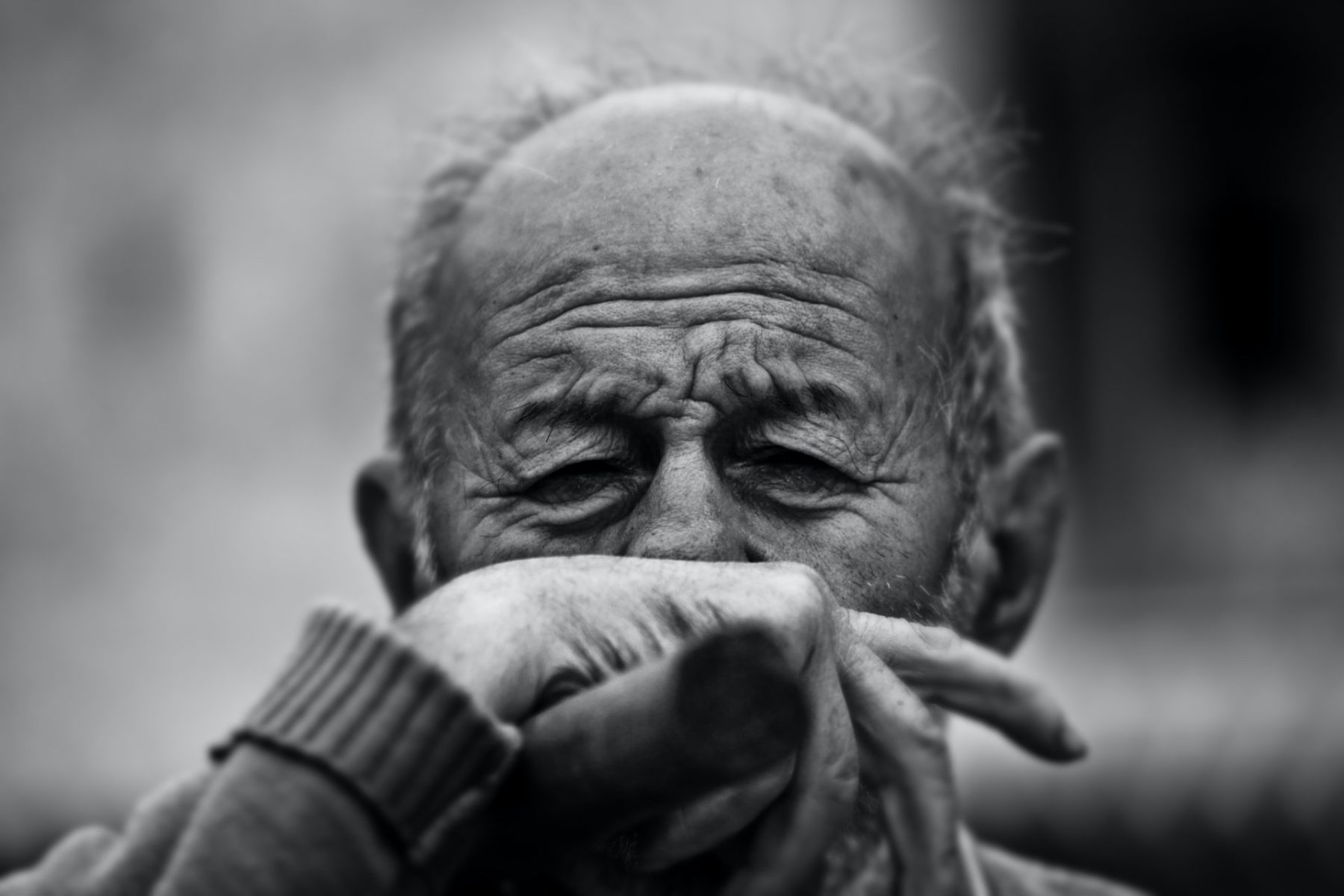
3. Emotional Abuse
According to the NCEA, emotional abuse is described as “the infliction of anguish, pain, or distress through verbal or nonverbal acts.” This type of elder abuse can include psychological torment, verbal abuse such as harassment, insults, or threats, as well as forced isolation and gaslighting.
Some signs that emotional abuse may be taking place are: fear of the caregiver, social withdrawal, appearing more timid than usual, avoiding eye contact, low self-esteem, disrupted eating or sleeping patterns, engaging in self-harm, rocking back and forth, and self-neglect.
4. Financial Abuse
Financial abuse and material exploitation occur when an abuser steals or mismanages the victim’s finances or possessions. Signs of this type of elder abuse can be difficult to pinpoint, especially if the abuser is someone the family trusts. Some indicators that should raise suspicion are money missing from accounts inexplicably, unusual activity on credit cards, unpaid bills or collection notices, lack of food or self-care, missing belongings or the purchase of new ones, and sudden mood or behavioral changes.
Types of Financial Elder Abuse
- Coercion through neglect or threats of violence
- Draining joint bank accounts
- Frequent demands for money
- Property theft
- Investment scams
- Street, phone, and internet scams
- Real estate fraud
- Identity theft
- Bequests and life insurance
- Roommates and lodgers
5. Neglect
Negligence is also a form of elder abuse common in nursing homes and residential caretaking settings alike. It is described as the caregiver’s refusal to provide a senior with basic necessities and medical care. This includes food, water, shelter, hygiene, and medicine. The neglect can also be financial if a caretaker or guardian fails to pay for appropriate care and so on.
Some signs of elder abuse in the form of negligence can include unusual weight loss, dehydration, or malnourishment, untreated injuries or conditions (like bedsores), unclean living conditions, poor hygiene, unsuitable clothing, signs of medical mismanagement, extreme withdrawal or agitation, absence of necessary items like dentures, glasses, hearing aids, etc., or signs of emotional distress.
6. Abandonment
Abandonment is described as a more extreme version of neglect. This type of elder abuse is described as the desertion of an elderly person. Often, seniors are abandoned in their personal homes, hospitals, or other public locations.
7. Self-neglect
Self-neglect is when an elderly person behaves in a way that is harmful to their own person. Some signs of this form of elder abuse can include the refusal to eat, drink, take medication, or practice hygiene. This is more prominent in seniors with mental illnesses or cognitive impairments. This does not include a senior who is of sound mind that makes a voluntary decision to act in a way that threatens their life or safety.
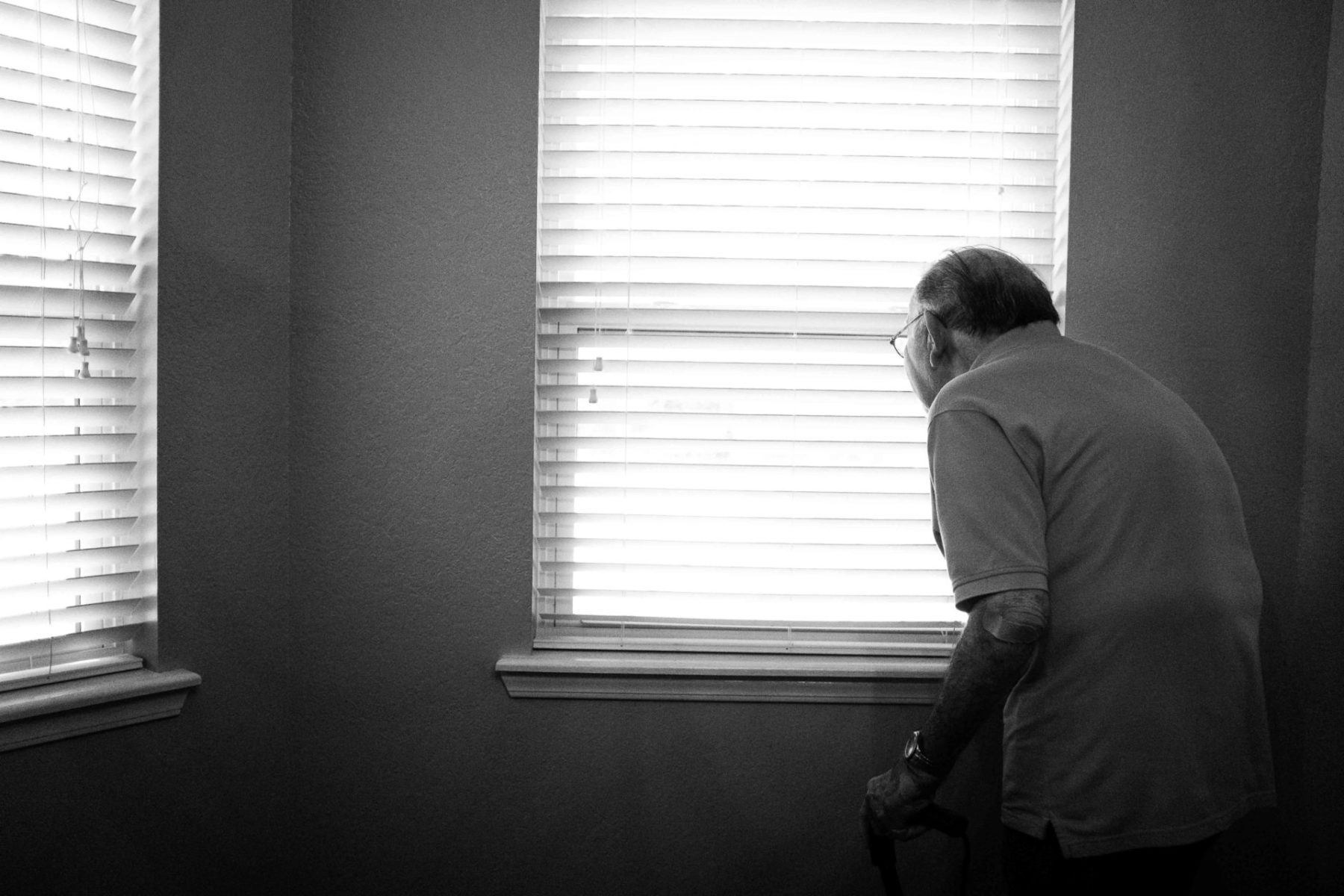
Reporting Elder Abuse
As a result of 2009’s Elder Justice Act, there are now laws in place to protect seniors from mistreatment and elder abuse in nursing homes, assisted living facilities, senior communities, and at home.
If you suspect a senior is in immediate danger, always call 911. Otherwise, you can report any signs of elder abuse by connecting with your local Adult Protective Services (APS) agency. To find the reporting number for your state, call the Eldercare Locator at 1-800-677-1116.

